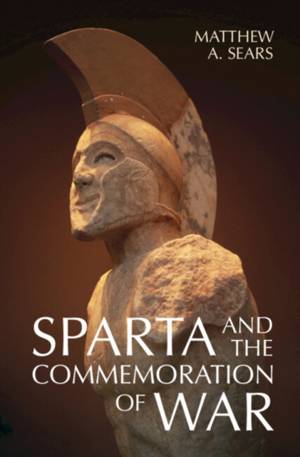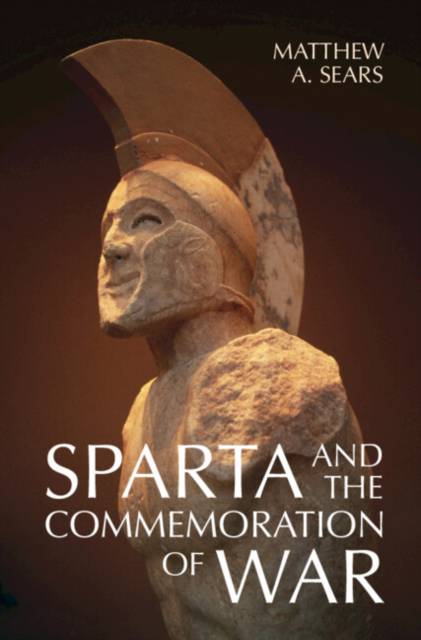
- Afhalen na 1 uur in een winkel met voorraad
- Gratis thuislevering in België vanaf € 30
- Ruim aanbod met 7 miljoen producten
- Afhalen na 1 uur in een winkel met voorraad
- Gratis thuislevering in België vanaf € 30
- Ruim aanbod met 7 miljoen producten
Zoeken
Omschrijving
The tough Spartan soldier is one of the most enduring images from antiquity. Yet Spartans too fell in battle - so how did ancient Sparta memorialise its wars and war dead? From the poet Tyrtaeus inspiring soldiers with rousing verse in the seventh century BCE to inscriptions celebrating the 300's last stand at Thermopylae, and from Spartan imperialists posing as liberators during the Peloponnesian War to the modern reception of the Spartan as a brave warrior defending the "West", Sparta has had an outsized role in how warfare is framed and remembered. This image has also been distorted by the Spartans themselves and their later interpreters. While debates continue to rage about the appropriateness of monuments to supposed war heroes in our civic squares, this authoritative and engaging book suggests that how the Spartans commemorated their military past, and how this shaped their military future, has perhaps never been more pertinent.
Specificaties
Betrokkenen
- Auteur(s):
- Uitgeverij:
Inhoud
- Aantal bladzijden:
- 272
- Taal:
- Engels
Eigenschappen
- Productcode (EAN):
- 9781316519455
- Verschijningsdatum:
- 21/12/2023
- Uitvoering:
- Hardcover
- Formaat:
- Genaaid
- Afmetingen:
- 152 mm x 230 mm
- Gewicht:
- 612 g

Alleen bij Standaard Boekhandel
+ 110 punten op je klantenkaart van Standaard Boekhandel
Beoordelingen
We publiceren alleen reviews die voldoen aan de voorwaarden voor reviews. Bekijk onze voorwaarden voor reviews.











